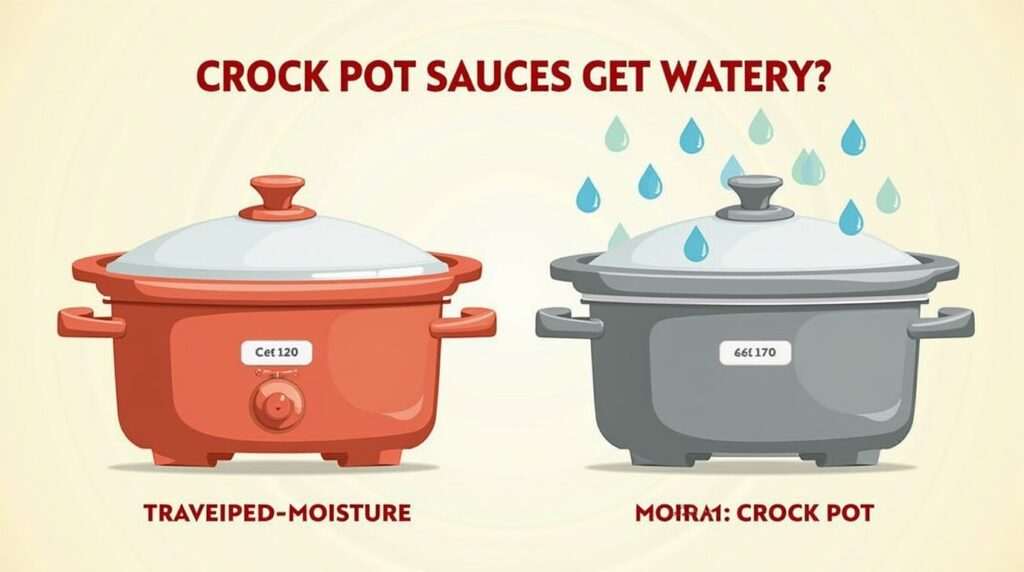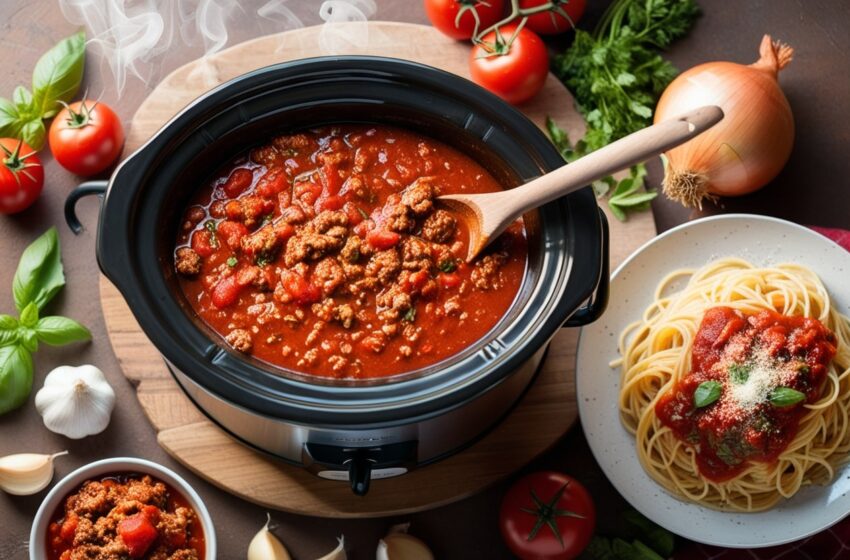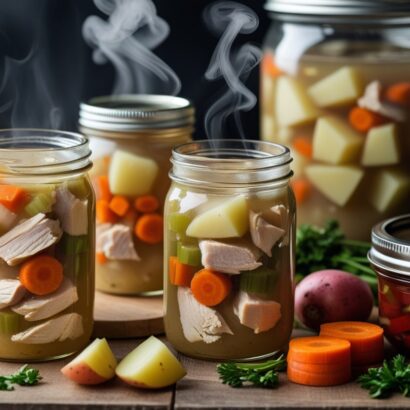Explore proven methods to transform thin, watery slow-cooked sauces into hearty, satisfying meals—without compromising taste or nutrition.
Whether you’re preparing a comforting family dinner or meal-prepping for the week, watery spaghetti sauce can undermine even the most carefully planned recipe. This comprehensive guide delivers an in-depth look at multiple effective, easy-to-follow strategies to thicken spaghetti sauce in a crock pot. Tailored for beginners and seasoned cooks alike, the methods outlined here enhance both texture and flavor while keeping ingredients wholesome and accessible.
Understanding the Challenge: Why Crock Pot Sauce Gets Watery
Crock pots maintain low, steady heat and a sealed environment, which means moisture released during cooking is not allowed to evaporate as it would in an open pot. There is too much liquid in the dish as a result of the trapped steam condensing again.
Key reasons for thin sauce include:
- Overuse of water, broth, or wine
- Inclusion of high-moisture vegetables (e.g., tomatoes, mushrooms, zucchini)
- Lack of an evaporation phase due to sealed cooking
- Continuous lid use during the cooking process
- Missing or insufficient natural thickeners in the recipe

10 Proven Ways to Thicken Spaghetti Sauce in a Crock Pot
1. Simmer Uncovered in the Final Hour
- Remove the lid for the last 30–60 minutes of cooking time.
- This simple step allows steam to escape naturally, concentrating the sauce without altering flavor.
- Stir periodically to prevent sticking and ensure even thickening throughout the pot.
- This technique is most effective when paired with other methods like a tomato paste addition.
2. Incorporate Tomato Paste
- Add 2–4 tablespoons of concentrated tomato paste near the end of the cooking process.
- Tomato paste provides instant viscosity and amplifies the savory depth of the sauce.
- Use double-concentrated paste for a more potent effect with smaller volume.
- Be sure to mix it thoroughly so it integrates smoothly without clumps.
3. Make a Simple Roux
- In a small pan, melt 2 tablespoons of butter and whisk in 2 tablespoons of flour.
- Cook this mixture for 2–3 minutes until bubbling and lightly golden.
- Slowly incorporate the roux into your sauce, stirring to distribute evenly.
- This method adds richness and stability, particularly helpful for sauces with added dairy.
4. Use Puréed or Mashed Vegetables
- Blend cooked vegetables like carrots, sweet potatoes, zucchini, or bell peppers into a smooth purée.
- These add fiber, thickness, and nuanced flavor to your sauce without relying on starch.
- A half-cup of purée can be stirred in and will enhance both body and nutritional value.
- Roasting vegetables before puréeing can intensify their taste.
5. Mix in a Cornstarch or Arrowroot Slurry
- Add 2 tablespoons of cold water to 1 tablespoon of cornstarch or arrowroot and stir until the mixture dissolves.
- Add this mixture into the sauce 20–30 minutes before the end of the cooking cycle.
- Without sacrificing flavor, the slurry thickens and activates as the sauce heated.
- Be cautious not to boil arrowroot-based sauces after thickening, as it may thin again.
6. Add Ground Nuts or Seeds
- Soak and blend cashews, almonds, or sunflower seeds into a silky paste.
- Mix into the sauce to lend creamy body and natural thickness, especially in vegan versions.
- This method not only thickens but also boosts protein and healthy fats.
- Start with 2–3 tablespoons per batch and adjust based on texture preference.
7. Incorporate Aged Cheese
- Grate 1/4 to 1/2 cup of hard cheese like Parmesan or Pecorino Romano into the sauce.
- These cheeses melt quickly and help bind watery ingredients together.
- Add them during the final 10–15 minutes to avoid clumping or curdling.
- The salty, umami flavor also compensates for overly acidic tomatoes.
8. Include Instant Potatoes or Cooked Rice
- Stir in 1–2 tablespoons of instant mashed potatoes or mashed cooked white rice.
- These ingredients absorb excess moisture and offer a neutral flavor profile.
- Mashed cauliflower or lentils are excellent gluten-free and lower-carb alternatives.
- Allow the sauce to cook for 10–15 more minutes to ensure full integration.
9. Allow the Sauce to Rest Post-Cooking
- Let the sauce sit uncovered for 10–15 minutes after cooking completes.
- During this resting phase, residual heat continues to thicken the sauce and allows flavors to deepen.
- This is especially effective after adding thickening agents, as they settle and bind with the sauce.
10. Start with Less Liquid
- Use less broth, wine, or canned tomato juice at the beginning of the cooking process.
- Liquids can always be added back in, but removing excess mid-cook is more difficult.
- Monitor the consistency after 4–6 hours and adjust if necessary.
- This proactive approach minimizes the need for post-cooking corrections.
Flavor-Boosting Tips While Thickening Sauce
- Roast tomatoes before use: Reduces moisture and adds caramelized depth.
- Sauté aromatics in advance: Enhances flavor development.
- Season in layers: Add dry herbs early; fresh herbs and salt at the end.
- Add an acid splash: Use balsamic vinegar, lemon juice, or wine to balance and brighten.
Quick-Reference Cooking Guide
Step 1: Load crock pot with ingredients, using minimal liquid.
Step 2: Cook on HIGH (3–4 hours) or LOW (6–8 hours).
Step 3: In the final hour, uncover or add a thickener.
Step 4: Stir and adjust seasoning as needed.
Step 5: Let sauce rest 10–15 minutes before serving.
🔗 Recommended Recipes
- Explore Pasta Recipes You’ll Love
- Explore More Healthy Recipes
- Barefoot Contessa Pasta Fagioli Recipe
- Perfect Stalekracker Pastalaya Recipe
Final Thoughts: Elevate Your Sauce with Confidence
A thin sauce isn’t a failure—it’s a chance to improve. With the methods in this guide, you can easily turn a watery base into a deeply flavorful, perfectly textured spaghetti sauce. Blend techniques as needed and enjoy experimenting with what works best for your kitchen style.







